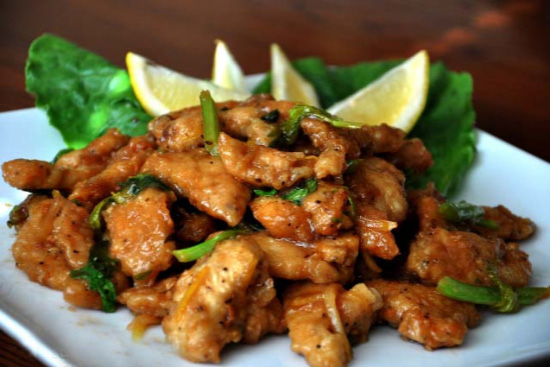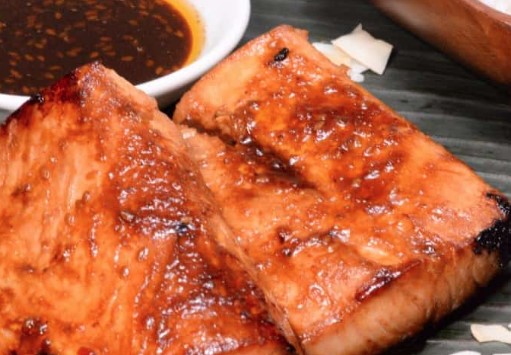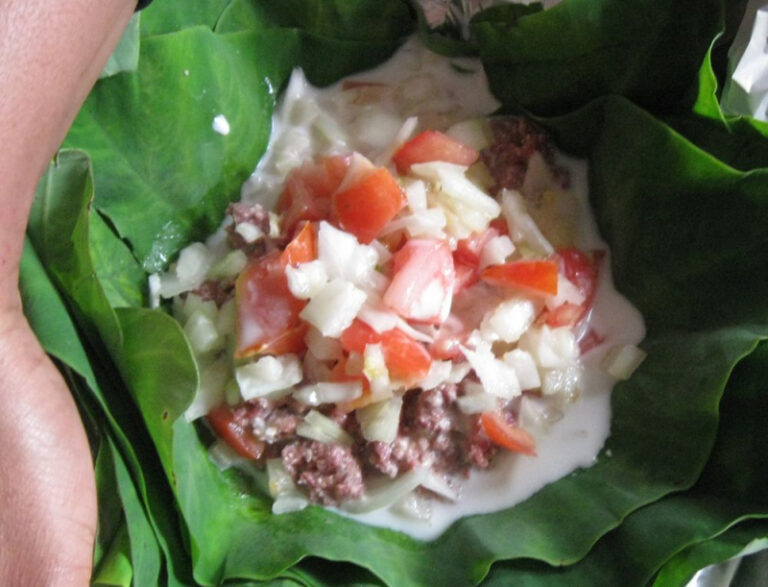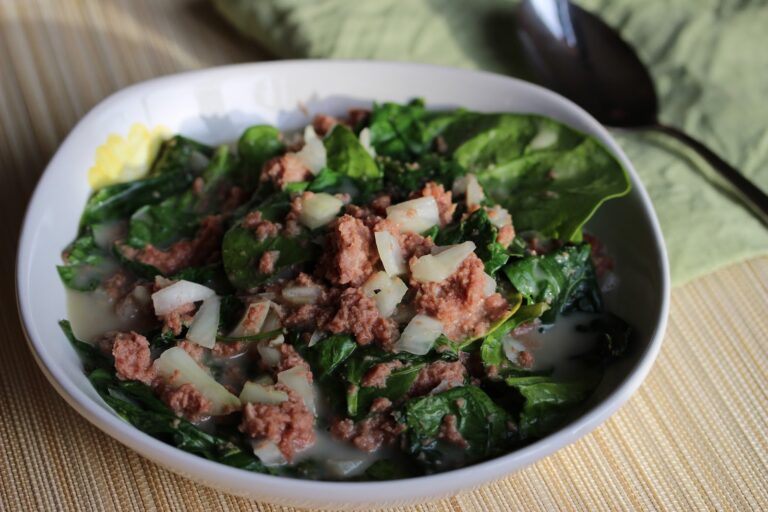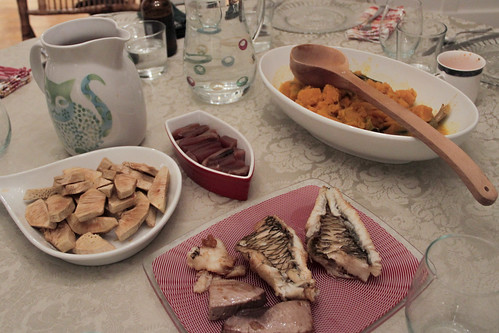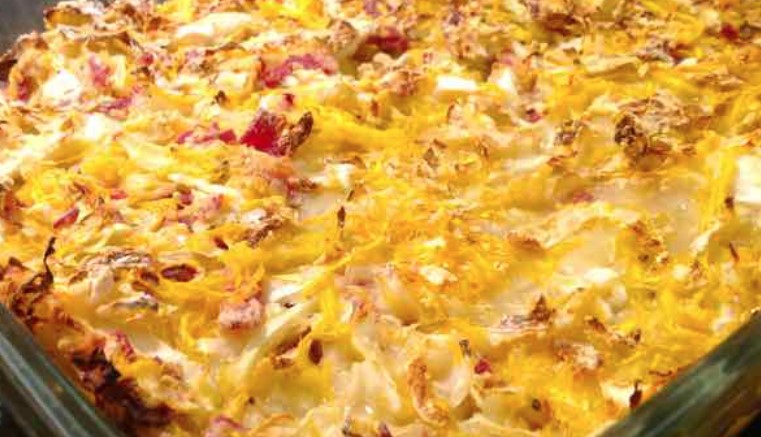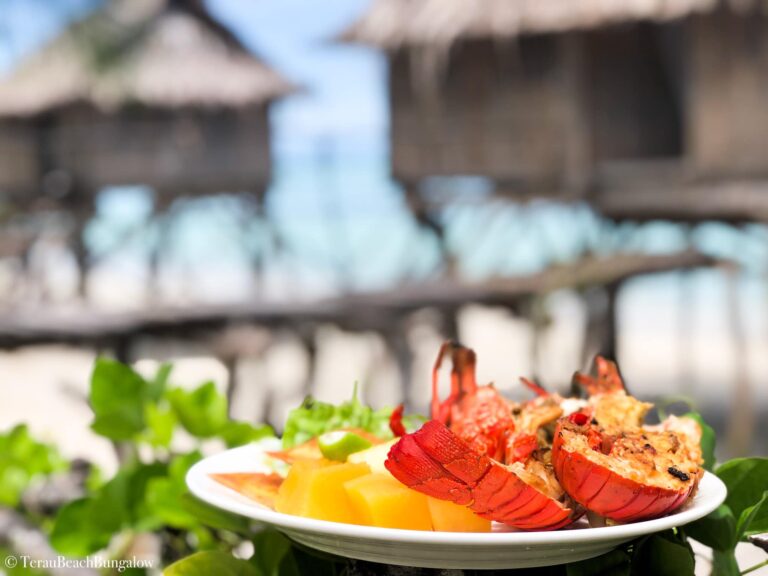Introduction to Kiribati culture
Kiribati is an island nation located in the central Pacific Ocean. It consists of 33 low-lying coral atolls and one raised coral island, scattered over a vast oceanic territory. The culture of Kiribati is unique, shaped by its isolation from the rest of the world. The people of Kiribati have developed a strong sense of community, which is reflected in their everyday practices, including their approach to food and dining.
The importance of food in Kiribati
Food is an essential part of Kiribati culture. It is not just a means of sustenance but also a source of identity and pride. The people of Kiribati have a deep respect for the land and sea that provides them with their food. Fishing and agriculture are the primary sources of food in Kiribati, and the people have developed a range of traditional food preparation methods to make the most of their resources.
Communal dining in Kiribati
Communal dining is a significant aspect of Kiribati culture. The people of Kiribati often eat together as a family or a community. Meals are an opportunity for socializing and strengthening interpersonal relationships. In Kiribati, sharing meals is not just a way of sharing food, but it is also a way of sharing stories, traditions, and values. Communal dining is especially prevalent during special occasions such as weddings, birthdays, and funerals.
Traditional food preparation methods
The people of Kiribati have developed a range of traditional food preparation methods that reflect their unique cultural practices. These methods include pit cooking, where food is cooked in an underground oven, and marinating, where fish or meat is soaked in coconut milk and spices before being cooked. Coconut is a staple in Kiribati, and it is used in many traditional dishes. Breadfruit, taro, and pandanus are other essential ingredients in Kiribati cuisine.
Sharing meals as a cultural practice
Sharing meals is an integral part of Kiribati culture. It is a way of showing hospitality and generosity. In Kiribati, it is customary to share food with guests, even if it means sacrificing some of your own food. Sharing meals is also a way of bringing people together and building social bonds. In Kiribati, meals are not just about nourishing the body but also nurturing the soul.
Implications for Kiribati’s future and global food culture
Kiribati’s focus on communal dining and traditional food preparation methods highlights the importance of preserving cultural practices and traditions. As Kiribati faces the challenges of modernization and climate change, it is crucial to maintain the cultural practices that have sustained the community for centuries. Kiribati’s unique approach to food and dining also offers insights into global food culture, emphasizing the importance of community, sustainability, and respect for resources. Kiribati’s traditional food preparation methods and communal dining practices offer valuable lessons for the rest of the world in preserving cultural heritage and promoting sustainable food practices.



